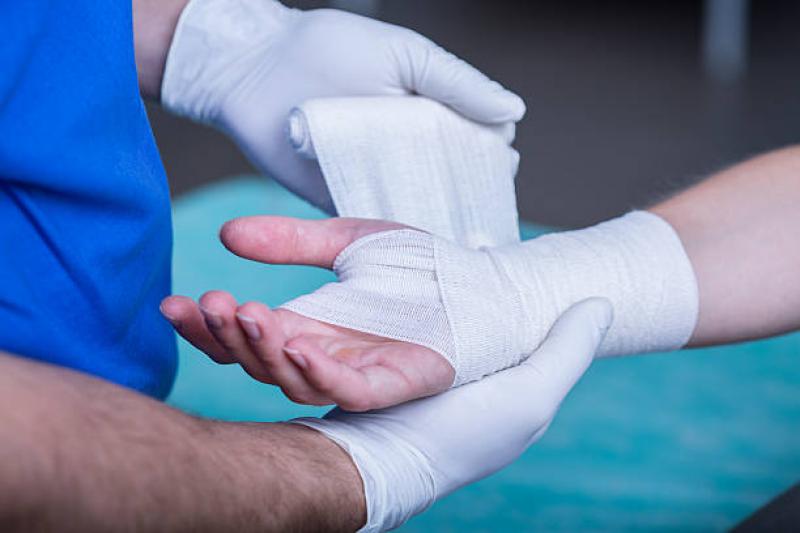Introduction
Wound care is a crucial aspect of healthcare. However, traditional methods of wound management were often inadequate, leading to long healing times and increased risk of infection or other complications. Advances in wound care products and techniques now allow for more effective management of both acute and chronic wounds. This article will explore some of the key developments in advanced wound care management that have improved patient outcomes.
Chronic vs Acute Wounds
It is important to distinguish between chronic and acute wounds as they require different treatment approaches. Acute wounds, such as surgical incisions or minor cuts and burns, typically heal within a few weeks. Chronic wounds like pressure ulcers, leg ulcers, and diabetic foot ulcers take much longer to heal, sometimes remaining unhealed for months or years due to underlying patient comorbidities. Advanced wound care strategies focus on determining the specific wound type and tailoring therapies accordingly.
Wound Bed Preparation and Debridement
One of the cornerstones of modern wound management is proper preparation of the wound bed to encourage healing. Necrotic or sloughy tissue inhibits new cell growth and must be removed through debridement. Traditional surgical or sharp debridement has given way to more gentle methods like enzymatic, autolytic, and hydrosurgical debridement using technologies like MIST therapy. Timely and complete debridement is crucial for transforming chronic wounds into an acute healing state.
Moisture Balance and dressings
Another important factor in wound bed preparation and healing is maintaining a moist environment. While some historical techniques like wet-to-dry dressing changes could further damage fragile wound tissue, modern dressings actively regulate moisture through absorption, retention, or release properties tailored to each wound type. Hydrocolloid, alginate, hydrogel and foam dressings help optimize moisture levels for cell proliferation while protecting from external contamination. Advanced antimicrobial dressings further reduce bioburden to prevent infection.
Nutrition and Supplements
Optimized nutritional status supports wound healing. For chronic wounds, underlying malnutrition is common and hinders recovery. Enteral or parenteral nutritional supplements provide necessary proteins, vitamins and minerals supplemented as needed. Collagen/protein powders taken orally may reinforce wound matrix formation for acute wounds. Zinc, ascorbic acid and certain essential fatty acids show promising evidence in accelerating healing when taken systemically or applied topically.
Advanced monitoring and follow-up
Modern wound care relies on close patient monitoring to optimize progress and adjust therapies. Practitioners measure wounds regularly using electronic planimetry devices or smartphone apps to precisely track reductions in size over time. Near-infrared and ultrasound-based techniques identify areas of infection or inflammation not always visible. Home monitoring with wearable sensors and remote consultations allow early detection of breakdown and adjustments before problems worsen. Regular multidisciplinary reviews involve nurses, physiatrists, dieticians and all specialists on the wound care team.
Conclusion
Through continuous innovation, wound care has evolved substantially, reducing healing time and improving outcomes compared to just a few decades ago. Combining advanced dressings, debridement options, offloading, monitoring, nutrition and regenerative therapies tailored for each patient represents a multidisciplinary approach for achieving complete and sustained wound closure even for severe chronic wounds once thought untreatable. With further research and development, wound care promises to continually enhance quality of life for those affected.
